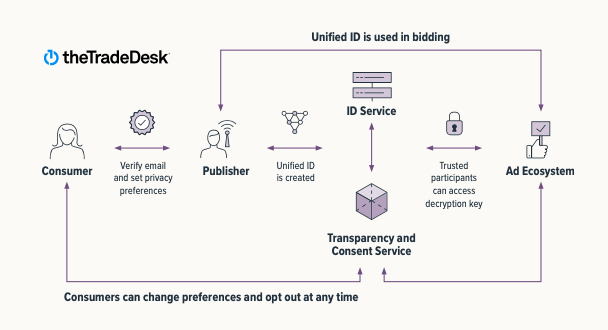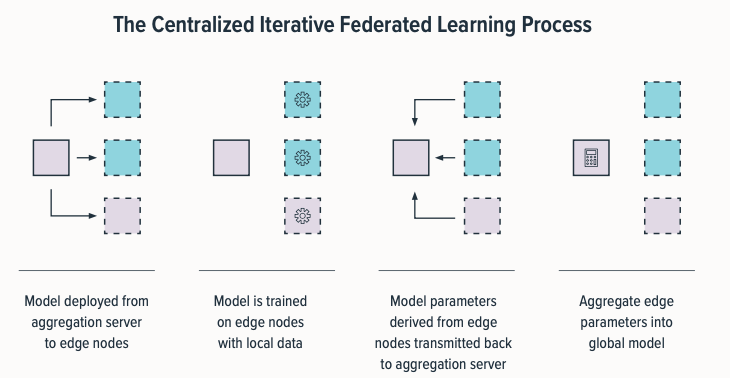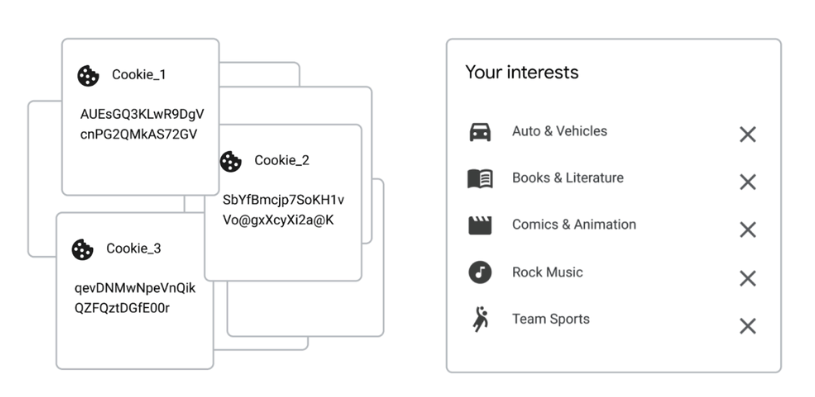You know by now that data privacy compliance is something that you need to prepare for sooner rather than later, between privacy legislation and the effects of new platform data restrictions on performance measurement.
But measurement is not the only piece of the privacy puzzle you need to consider. One major part of the current digital marketing toolkit that will be affected is identity, which allows marketers to target the right audiences, create new audiences like lookalikes, and apply personalization.
Identity is a critical input for most paid media campaigns, and digital marketers traditionally use personally identifiable information (PII) and other signals derived from a mix of first-party data, platform tools, third-party cookies, and more to find those audiences and serve them the right ads.
So what exactly do you need to know?
What is identity resolution?
Identity resolution is how marketers bring all of the different identifiers, attributes, and signals accrued across channels and devices into a single customer profile. It provides a comprehensive, omnichannel view of a customer—and that makes it extremely valuable to brands looking to create addressable audiences, make their marketing campaigns more effective, and provide a seamless experience to customers.
But legislation like GDPR and CPPA, the major platform trend toward siloing data in walled gardens, and the loss of the third-party cookie have all impacted identity resolution in significant ways.
There has been an explosion of identity solutions and new technologies looking to provide an answer to the open question of how identity resolution can work in a privacy-first world.
According to eMarketer, 60% of marketers in the US think multiple identity solutions working together will be necessary to replace the third-party cookie. Major players like The Trade Desk and Google have been working on solutions that are both privacy-compliant and give marketers what they need to effectively target audiences and serve relevant ads.
Unified ID 2.0 is being positioned as a top contender for a cookieless identity solution, but questions remain
Unified ID 2.0 comes from The Trade Desk and offers some of the same capabilities of the third-party cookie, including cross-site tracking and attribution, with tougher controls. The Trade Desk has assembled a diverse collection of industry partners, including high-profile publishers, supply-side platforms, and data providers, which has helped UID 2.0 gain traction as a potential solution to the marketing world’s cookie problem.
The goal? Advertisers can target individual users with relevant ads, but users get more control over their data and privacy. UID 2.0 uses hashed and encrypted email addresses across sites that are part of that broad partner network so a user’s relevant targeting data persists across the web.

Source: The Trade Desk
But there are challenges. While the solution offers a high degree of accuracy, there’s a concern that any ID-based solution is vulnerable to misuse and will end up running into the same privacy issues as the third-party cookie. The long shadow of legislation hangs over Unified 2.0 because it uses email addresses, which are strictly considered PII under the California Consumer Privacy Act (CCPA), as well as all major digital data legislation around the world.
On the utility side, it’s an open question whether the network will be able to get enough users to opt into the network to make it work. The publisher partnerships The Trade Desk has brokered help assuage some of those concerns, but advertisers want to see scale before they’re willing to invest.
UID 2.0 has plenty of supporters, but its future isn’t clear. Between the need for user growth and the potential to run afoul of legislation, publishers and advertisers are wary of building strategy and allocating budgets around something that might turn out to be a short-term solution. But keep your eye on the space: The Trade Desk has promised significant upgrades to UID 2.0 around consumer privacy and transparency in the future.
Platforms like Google are considering on-device learning as a potential answer to post-cookie identity resolution challenges
On-device learning, or federated learning, utilizes data on user devices like smartphones to train models that help marketers serve relevant ads to users by inferring interest and propensity. What makes on-device learning a good solution from a privacy standpoint is that the data never leaves the device and is not shared.
New parameters for the model are generated from this limited local data, which are then aggregated by a central platform to improve the model. The aggregated characteristics are then matched to contextual targets and an ad is served if there is an existing relevant bid.

Source: Mobile Dev Memo
The most prominent example of this approach, minus the iteration, was Google’s Federated Learning of Cohorts (FLoC). The proposed solution from Google’s Privacy Sandbox was eventually rejected because concerns were raised about how much data was being collected and whether the data could be stitched together to identify individuals. FLoC officially flew into the horizon when it became clear the solution may not be compliant with GDPR.
Google replaced FLoC with Topics API, which is also using a version of on-device learning. Based on a week’s worth of activity on the web, Topics surfaces the user’s top five interests, and advertisers can access three of them to use as the basis for targeting: one per week across that three-week period.
Cookies vs. Topics API

Source: Google
Google only stores that information for three weeks, then it’s deleted forever. The data is stored on the device and doesn’t involve any external servers, including Google’s. Topics is also supposed to make it easier for users to manage and control their data.
But on-device learning isn’t without its challenges. Many industry experts see federated learning as inherently anti-competitive, giving tech giants like Google an opening to continue to dominate digital advertising for the foreseeable future.
Now that we’ve explored solutions where marketers can move forward, let’s see what a privacy-first approach means for social networks.
Social platforms offer the safety of a logged-in state, but the cookieless identity struggle to track behavior across sites is real
Social platforms like Facebook, Snapchat, TikTok, and more are focused on advertising to users in a logged-in state, prioritizing keeping users in their own ecosystems instead of relying on pixels and other tools to track online behavior beyond their sites and apps.
The adoption of functions like Facebook Shops or other ways to convert users without leaving the channel allows social media platforms to maintain consistent targeting solutions that don’t require cross-channel tracking.
Social media platforms aren’t immune to cookie challenges because the majority of digital purchases are still happening off-platform. But advertisers recognize that a voluntary logged-in state solves many privacy problems when users remain on the platform. The investment in robust shoppable solutions highlights the potential for social media platforms to grow into self-sustaining ecosystems that can offer more intensive targeting capabilities as advertisers struggle to solve for identity challenges on the open web.
The future of identity resolution isn’t completely clear, and this snapshot of the current state of solutions from major players is only the tip of the iceberg. New legislation and platform changes will continue to shake things up for marketers, and it’s absolutely critical to stay ahead of the curve and keep paying attention.







Responses